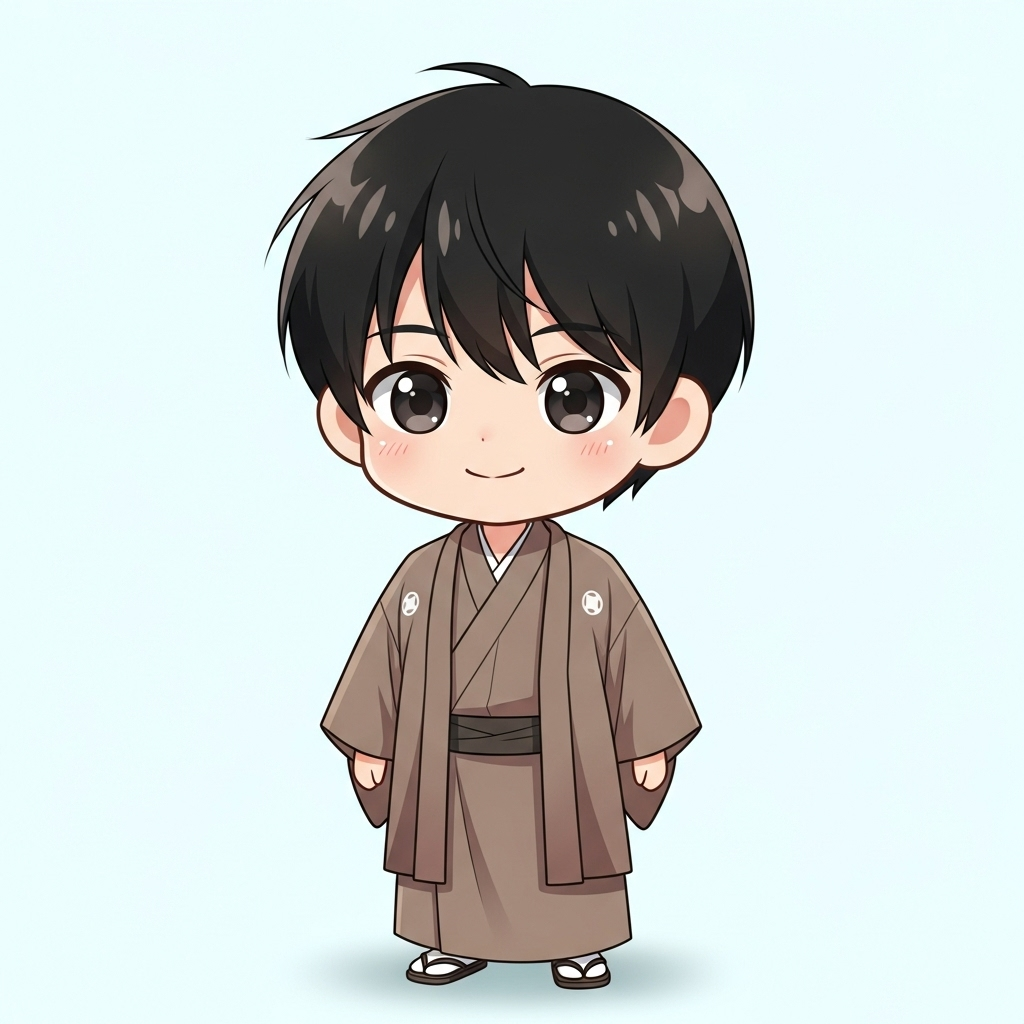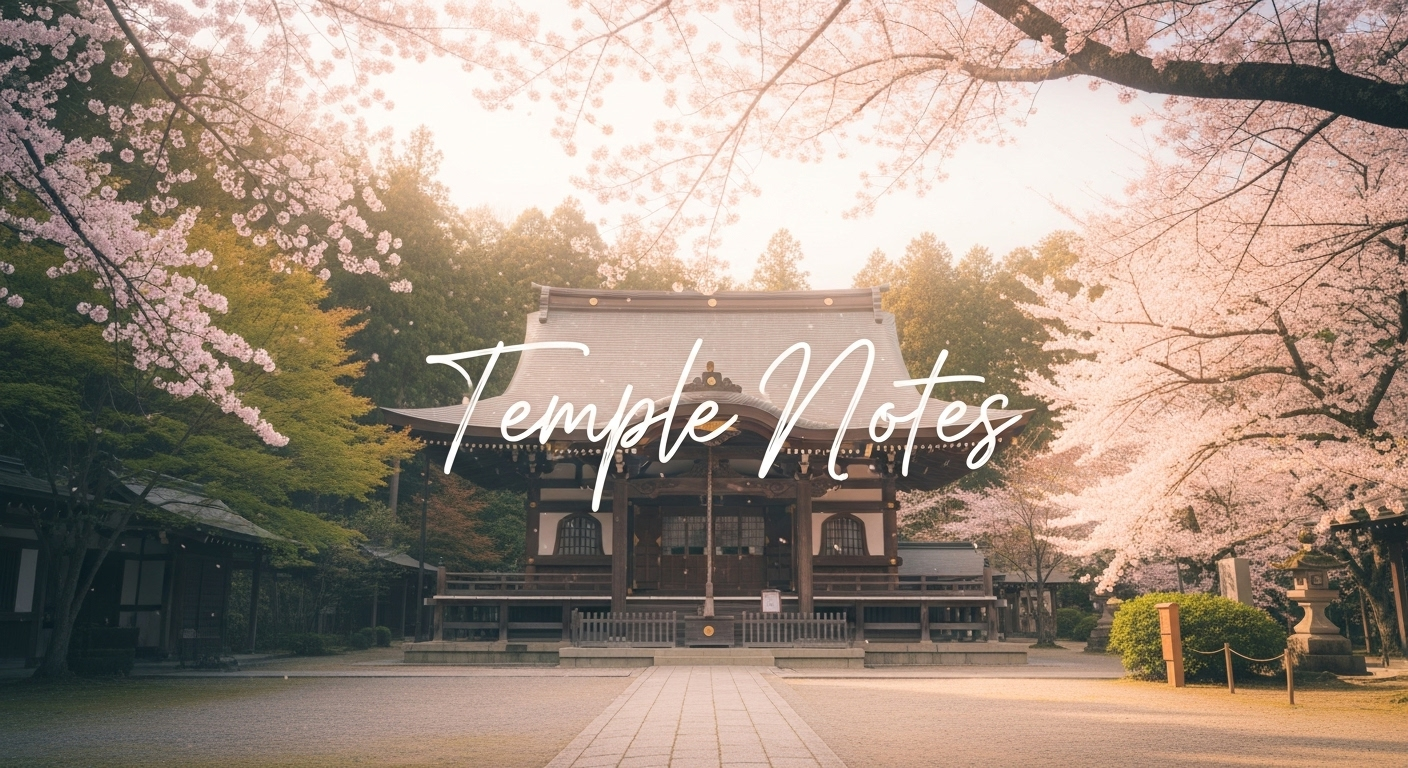“What’s Daigoji Temple in Kyoto like?” “What are its main attractions and how do I get there?” — if these are your questions, you’re in the right place.
Daigoji Temple is a UNESCO World Heritage Site and a treasure trove of Japanese history, culture, and seasonal beauty. From ancient architecture to breathtaking natural scenery, it offers a unique experience for all who visit.
In this article, we’ll guide you through everything you need to know about Daigoji Temple — its unique features, must-see spots, historical buildings, seasonal views, how to get there, and tips for making the most of your visit. By the end, you’ll feel ready and inspired to explore this historical gem yourself.
What Is Daigoji Temple? Learn Its History and Key Information
The History and Founding of Daigoji Temple
Daigoji Temple is located in Kyoto’s Fushimi Ward and serves as the head temple of the Daigo school of Shingon Buddhism. It was founded in 874 AD by the monk Rigen Daishi (Shōbō), beginning with a small hermitage in the upper mountain area known as Kami-Daigo. The temple later expanded to the lower area, Shimo-Daigo.
Over the centuries, Daigoji gained deep support from emperors and nobles, especially during the Azuchi-Momoyama period when Toyotomi Hideyoshi held the famous “Hanami at Daigo” cherry blossom celebration there. That event marked a turning point in the temple’s cultural and architectural significance.
Why Daigoji Temple Is a UNESCO World Heritage Site
Daigoji Temple was designated a UNESCO World Heritage Site in 1994 as part of the “Historic Monuments of Ancient Kyoto.” It was recognized for its historical importance, its blend of architectural styles over time, and its role as a key center of Japanese Buddhist culture.
With a wide collection of National Treasures and Important Cultural Properties, Daigoji Temple is considered a vital place for understanding the evolution of Japanese art, architecture, and religious practices.
Basic Information (Location, Hours, Admission)
Daigoji Temple is located at 22 Daigo Higashioji-cho, Fushimi-ku, Kyoto. It’s easily accessible from central Kyoto.
Visiting hours are generally from 9:00 AM to 5:00 PM, with last admission at 4:30 PM. These may vary by season.
Admission typically requires a combined ticket covering the Sanbō-in, Reihōkan Museum, and the main temple grounds, costing around ¥1,500 for adults. Special exhibitions may have additional fees.
Highlights and Attractions of Daigoji Temple
Features and Highlights of Sanbō-in
Sanbō-in is famous as the site of Hideyoshi’s cherry blossom party and is a brilliant example of Momoyama-period art and architecture. The temple’s garden, designated a Special Place of Scenic Beauty, is said to have been designed under Hideyoshi’s direct influence. Its harmony of elegance and power reflects the spirit of the period.
The interior also features elaborately decorated sliding doors and paintings that provide a glimpse into the aesthetics of 16th-century Japan.
Valuable Cultural Treasures at the Reihōkan Museum
The Reihōkan Museum houses approximately 100,000 temple treasures, including National Treasures and Important Cultural Properties. Special exhibitions in spring and autumn allow visitors to view rarely seen artifacts such as Buddhist statues, scrolls, and ancient documents.
The detailed craftsmanship and historical depth of the exhibits make it a must-visit for those interested in Japanese history and religious art.
Important Structures: Kondō and Five-Story Pagoda
The Kondō (Main Hall), rebuilt during the Momoyama period, is a designated National Treasure and enshrines a statue of Yakushi Nyorai (Medicine Buddha). Its elegant yet powerful design reflects the peak of religious architecture from that era.
The Five-Story Pagoda, built in 951, is the oldest wooden structure in Kyoto and a symbol of the temple’s long-standing presence. Its serene silhouette is a favorite subject of photographers and history enthusiasts alike.
Seasonal Beauty at Daigoji Temple
Spring: Daigoji as a Famous Cherry Blossom Spot
Daigoji is one of Kyoto’s most iconic cherry blossom viewing spots, with about 1,000 sakura trees blooming throughout the grounds. It earned the nickname “Flower Daigo” thanks to Hideyoshi’s hanami celebration, and the cherry-lined paths from Sanbō-in to the upper temple area are stunning during late March to early April.
Autumn: Vibrant Foliage and Tranquil Views
In autumn, the temple transforms into a world of fiery red and golden leaves. The area around the Five-Story Pagoda and Bentendō Hall becomes especially picturesque, offering calm and meditative moments surrounded by nature’s splendor.
Winter: Serene Snowy Landscapes
A visit in winter reveals a different charm. Blanketed in snow, Daigoji Temple takes on a quiet, mystical atmosphere. With fewer visitors, this season is ideal for those seeking peaceful reflection amid a snowy temple landscape.
How to Get to Daigoji Temple
By Train and Bus
Daigoji Temple is easily reached via public transportation. From Kyoto Station, take the Karasuma Subway Line and transfer to the Tōzai Line, getting off at “Daigo Station.” From there, it’s about a 10-minute walk.
Buses also serve the area, with the “Daigoji-mae” stop conveniently located near the temple entrance.
By Car and Parking Information
If driving, take the Meishin Expressway and exit at either Kyoto East IC or Kyoto South IC. Daigoji has its own paid parking lot for visitors. However, during busy seasons like spring, traffic congestion is common, so public transport is recommended.
Recommended Travel Time and Best Transport Options
From central Kyoto, Daigoji can be reached in about 30–40 minutes by train. Considering potential congestion and limited parking, train and walking remain the most reliable and comfortable options for most visitors.
How to Enjoy Your Visit to Daigoji Temple
Sample Itinerary for First-Time Visitors
A typical visit begins at Sanbō-in, followed by the Reihōkan Museum, then the main temple grounds. If time allows, exploring the upper mountain area (Kami-Daigo) offers a more spiritual and immersive experience. This route gives a comprehensive view of Daigoji’s religious, artistic, and natural significance.
Suggested Duration and Time Management
To fully appreciate Daigoji Temple, plan to spend 2–3 hours. This allows time for exploring the gardens, viewing exhibits, and strolling through the expansive grounds. A half-day visit is ideal for a relaxed yet thorough experience.
Best Time to Avoid Crowds
Peak seasons, especially cherry blossom and autumn foliage periods, draw large crowds by mid-morning. Visiting right at opening time (9:00 AM) on weekdays offers a quieter and more intimate experience.
Nearby Attractions and Dining Options
Recommended Nearby Sights
Within the vicinity are several lesser-known yet culturally rich temples like Zuishin-in and Kanshū-ji. Additionally, Daigoji’s location near a subway station makes it easy to combine with visits to Kyoto’s other landmarks such as Kiyomizu-dera or Fushimi Inari Shrine.
Local Cafés and Restaurants
Around the temple, you’ll find restaurants offering traditional Kyoto cuisine and vegetarian meals suited to temple visitors. Tea houses near Sanbō-in serve matcha and wagashi (Japanese sweets), perfect for a mid-tour break.
Where to Stay Nearby
For accommodations, Kyoto Station area or the historic Higashiyama district are great choices. Both areas offer excellent access to Daigoji Temple and other attractions, with plenty of hotel and ryokan options to suit different travel styles.
Conclusion: Experience the Beauty and History of Daigoji Temple
Tips for First-Time Visitors
Plan your visit with enough time to explore all major areas — Sanbō-in, the Reihōkan Museum, and the temple grounds. Using public transport and arriving early can help you make the most of your experience, especially during peak seasons.
How Repeat Visitors Can Enjoy Daigoji Differently
If you’re returning, consider hiking up to Kami-Daigo for a deeper, more spiritual experience. Visiting in different seasons also brings new perspectives — spring for flowers, autumn for foliage, and winter for tranquil snowscapes.
A Message from the Guide

Sanbō-in requires an additional admission fee, but it’s well worth the visit.








Comment